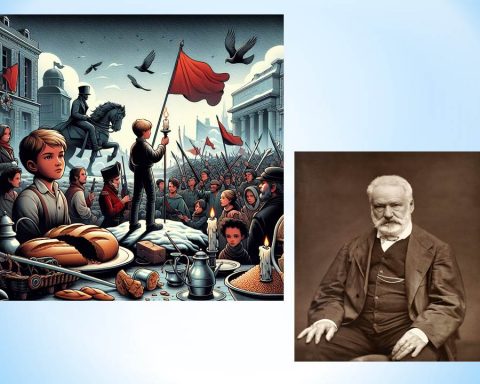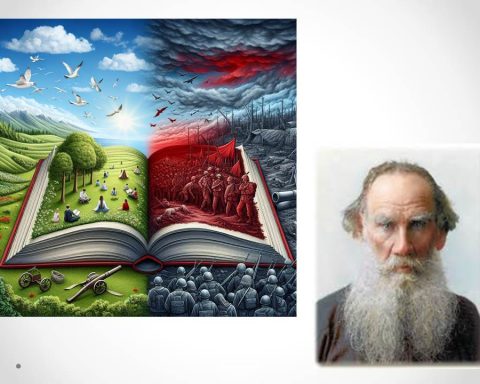“Anna Karenina”, the well-renowned novel by Leo Tolstoy, is a robust narrative that explores multiple thematic dimensions such as love, fidelity, societal norms, and the pursuit of happiness. The novel, often cited as a pinnacle in realist fiction, is divided into eight parts, primarily focusing on two characters, Anna Karenina and Konstantin Levin.
The novel begins with one of the most quoted lines in literature: “Happy families are all alike; every unhappy family is unhappy in its own way.” This line sets the tone for the events to unfold. The story commences in the household of Prince Stepan Arkadyevitch Oblonsky (Stiva), who is caught having an affair by his wife, Darya Alexandrovna Oblonskaya (Dolly). This crisis is soon reconciled, thanks to the intervention of Stiva’s sister, Anna Karenina.
Anna, the protagonist, is a sophisticated woman from St. Petersburg, married to a high-ranking government official, Alexei Alexandrovich Karenin, and has a son. However, her life takes a dramatic turn when she meets the gallant Count Alexei Kirillovich Vronsky, and the two fall passionately in love. Consequently, Anna’s life becomes filled with despair and desolation as she becomes trapped in a loveless marriage and ostracized from society due to her extramarital affair with Vronsky.
Simultaneously, the novel also follows the life of Konstantin Dmitrievich Levin, a wealthy landowner in rural Russia, who struggles with his own inner conflicts and societal expectations. Levin is in love with Stiva’s younger sister, Ekaterina Alexandrovna Shcherbatskaya (Kitty), who initially rejects him, infatuated with Vronsky. However, following Vronsky’s pursuit of Anna, Kitty and Levin eventually marry, highlighting the stark contrast between their wholesome relationship and Anna’s tragic love affair.
As the narrative progresses, Anna becomes more isolated, tormented by jealousy and guilt, leading her to abandon her son and husband. Despite the freedom she obtains from the act, her anguish escalates, resulting in her tragic suicide by throwing herself under a train. Anna’s death scene is one of the most famous passages in modern literature, symbolizing her final attempt to escape her unbearable situation.
Meanwhile, Levin, despite his struggles, finds solace in family life and moral values, leading to a profound spiritual awakening. The contrast between Anna’s despair and Levin’s redemption further illuminates the novel’s central themes of love, morality, and societal pressure.
Throughout the novel, Tolstoy explores the human psyche, societal norms, and the dichotomy between city and country life. The characters grapple with their desires, commitments, and the pursuit of meaningful existence. “Anna Karenina” is a testament to Tolstoy’s profound understanding of human nature and his ability to portray it with such depth and realism.
In conclusion, “Anna Karenina” is a rich, multi-layered narrative that delves into the complexities of life, love, and societal norms. It’s a powerful exploration of happiness and despair, morality and sin, and the eternal struggle for fulfillment and understanding in a world that often seems indifferent to individual suffering.












